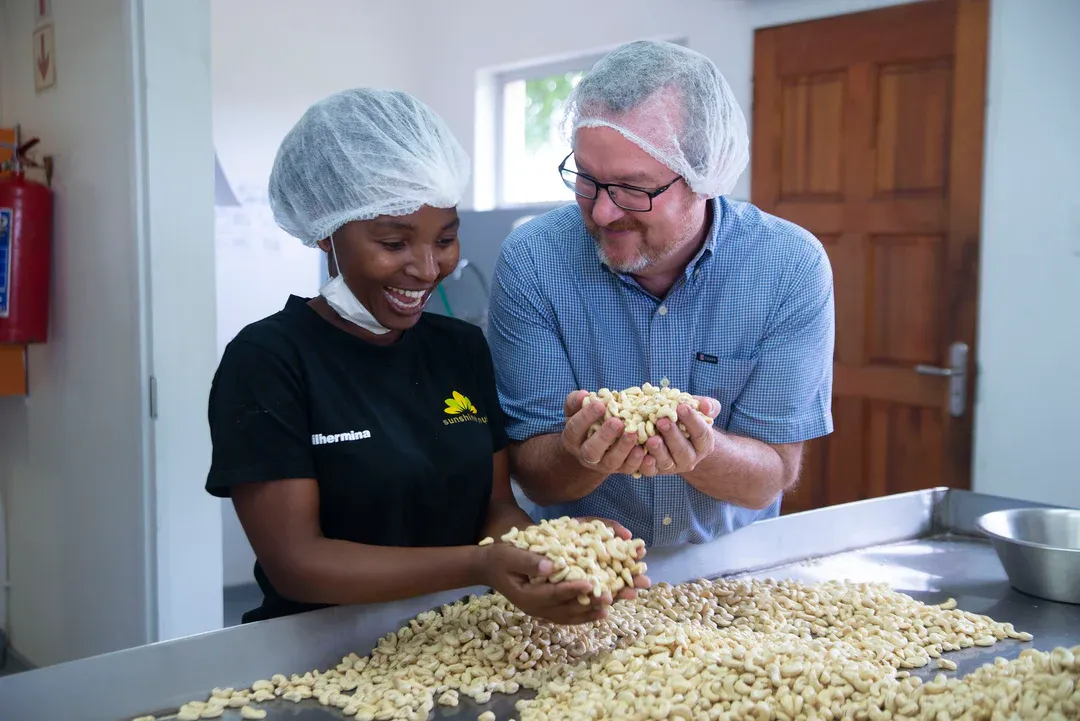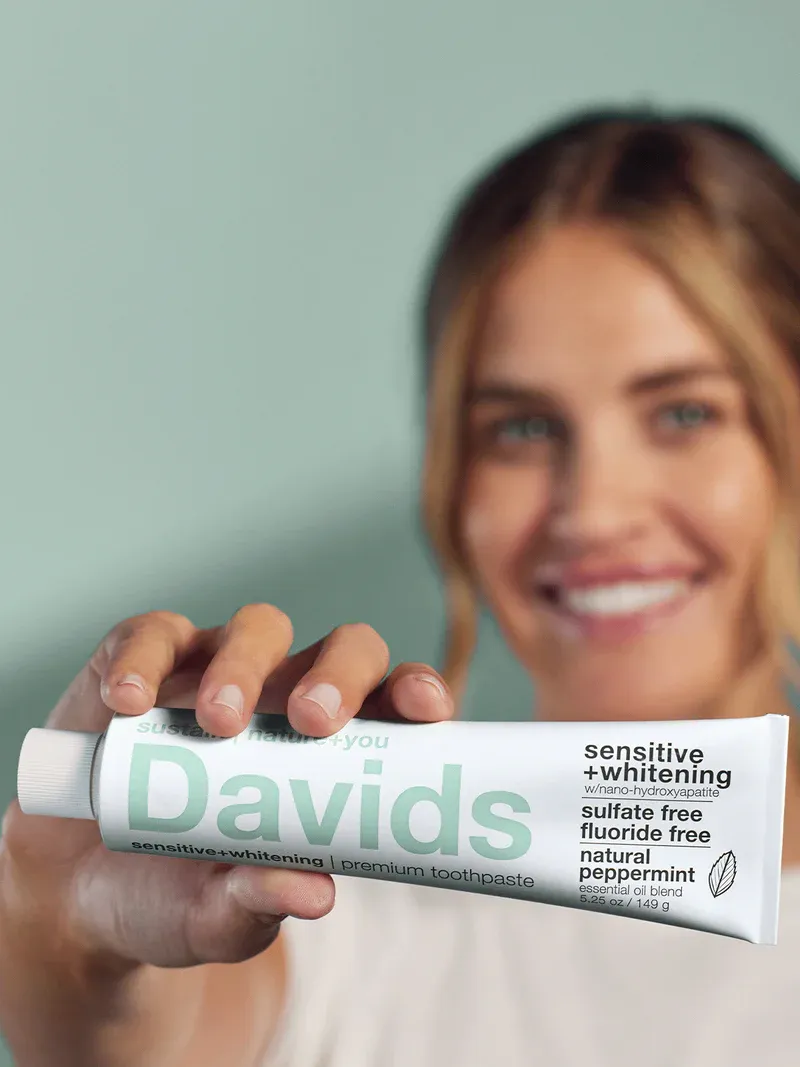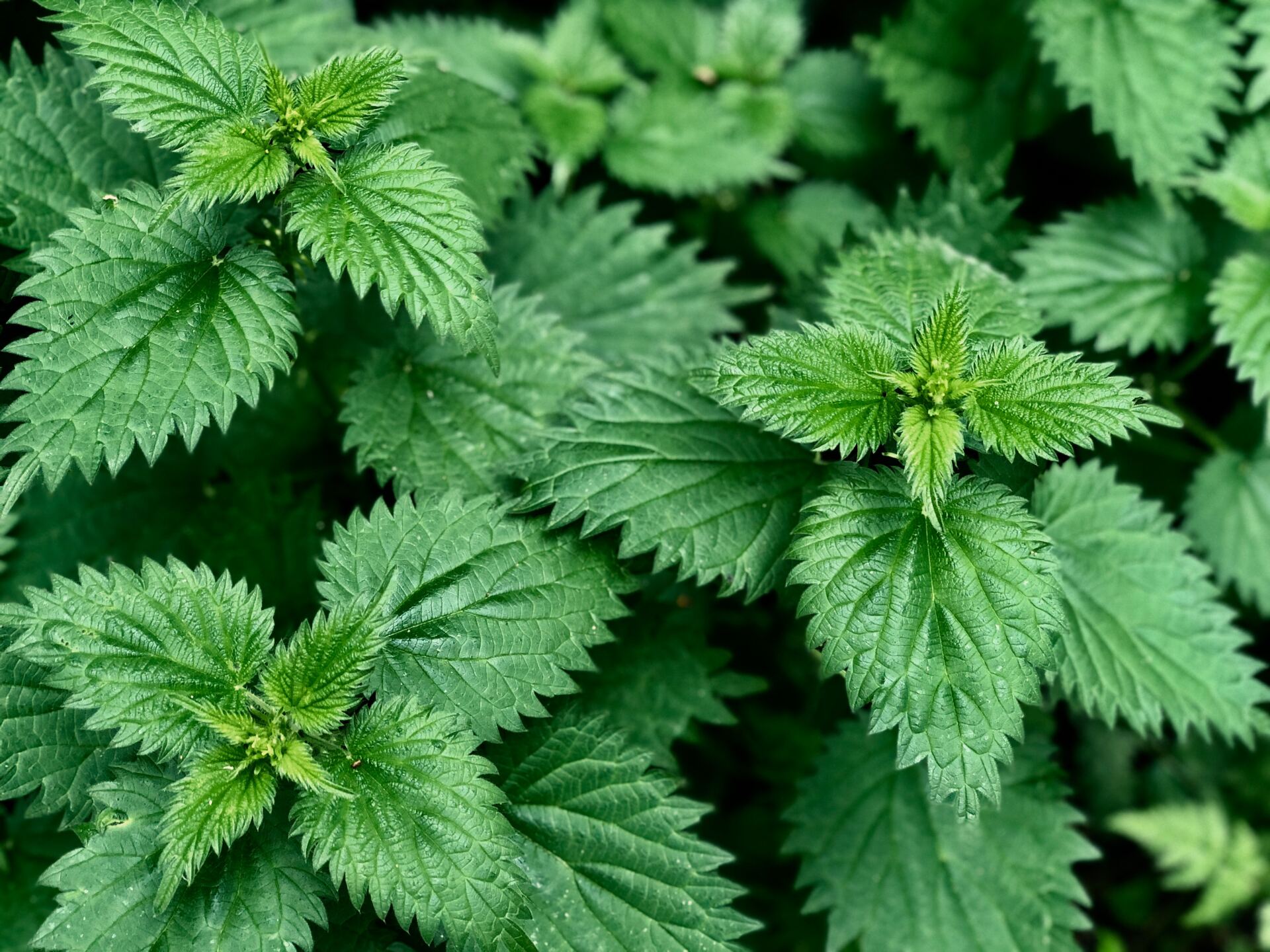








How healthy is your brain? I am frequently asked how people can make their brains healthier. With mood disorders and neurodegenerative diseases, like Alzheimer’s disease, seemingly on the rise or more regularly reported, it would seem brain health is on everyone’s mind. As a nutrition scientist, one of the first places I look at is diet. What a person eats can impact mood, cognitive function, and much more.

Let’s look at some of the possible causes of brain dysfunction and the foods that can help.
Inflammation
It doesn’t take much to realize that we are inflamed. The classic symptoms are pain, heat, redness, swelling, and loss of function. However, inflammation can also be “secret” or non-apparent; we may not know we are inflamed until we have a blood test or a practitioner evaluates our symptoms. As a nutritionist, I can confidently tout nutrition as necessary for decreasing inflammation. My favorite anti-inflammatory foods include wild salmon, organic blueberries, cruciferous vegetables, sweet potatoes, turmeric, ginger, kale, and nuts.
Oxidative Stress
When our antioxidants and reactive oxygen species (free radicals) are out of balance, we experience oxidative stress. We may not realize this is occurring until inflammation or disease occurs. Antioxidant-rich foods, such as sweet potatoes, berries, kale, cabbage, dark chocolate, spinach, nuts, and many more, can help to decrease oxidative stress. Eating the rainbow of plant-based foods will provide a diet rich in fiber, antioxidants, and phytonutrients.
Gut Microbiome
There is a strong bidirectional relationship between the brain and the gut, which has implications for immunity, mood, digestion, and more. Stress can negatively impact the gut-brain axis in a variety of ways. Stress management techniques, such as physical activity, meditation, and more, can positively affect gastrointestinal symptoms. A diet rich in fiber and polyphenols can support a healthy microbiome. Dietary polyphenols are a large group of natural plant compounds found in a variety of plant-based foods such as fruits, vegetables, tea, coffee, and spices. Focusing on various fruits and vegetable colors in each meal can help support a healthy gut-brain connection.
Nutrient Imbalances
There are hundreds of different phytonutrients, each supporting your body’s health. On a broad scale, simply eating a wide range of fruits, vegetables, and other plant-based foods of different colors ensures that you’ll be reaping the benefits of a host of phytonutrients, providing a balance of nutrients, such as folate, iron, omega-3 fatty acids, magnesium, and a variety of vitamins.
What is the Takeaway?
A diet rich in colorful plant-based foods can provide anti-inflammatory, antioxidant, and healthy gut-bacteria building phytonutrients to strengthen your brain and overall health. If you plan to incorporate more colorful, plant-based, and/or whole foods into your daily eating, or have food allergies or questions, talk to your doctor, nutritionist, dietician, or another member of your healthcare team for personal options based on your circumstances.

Deanna Minich, MS, PhD, CNS, Certified Functional Medicine Practitioner (IFMCP), is a nutrition scientist, international lecturer, teacher, and author, with over twenty years of experience in academia and in the food and dietary supplement industries. She is passionate about helping others to live well using therapeutic lifestyle changes that impact their physical, emotional, mental, and spiritual health. Visit her at www.deannaminich.com









Please give us a call for today’s deli hours as they can vary due to staffing.
Grab and go options are always available until close.
FEDERAL WAY
Monday-Saturday: 8 am - 8 pm
Sunday: 9 am - 7 pm
Please call for current deli counter service hours. Grab and go options available until closing.
2565 S. Gateway Center Place
Federal Way, WA 98003
TACOMA
Monday-Saturday: 8 am - 8 pm
Sunday: 9 am - 7 pm
Please call for current deli counter service hours. Grab and go options available until closing.
2951 S. 38th Street
Tacoma, WA 98409